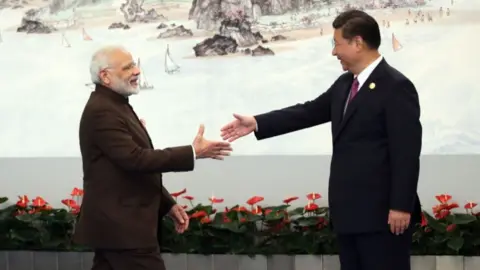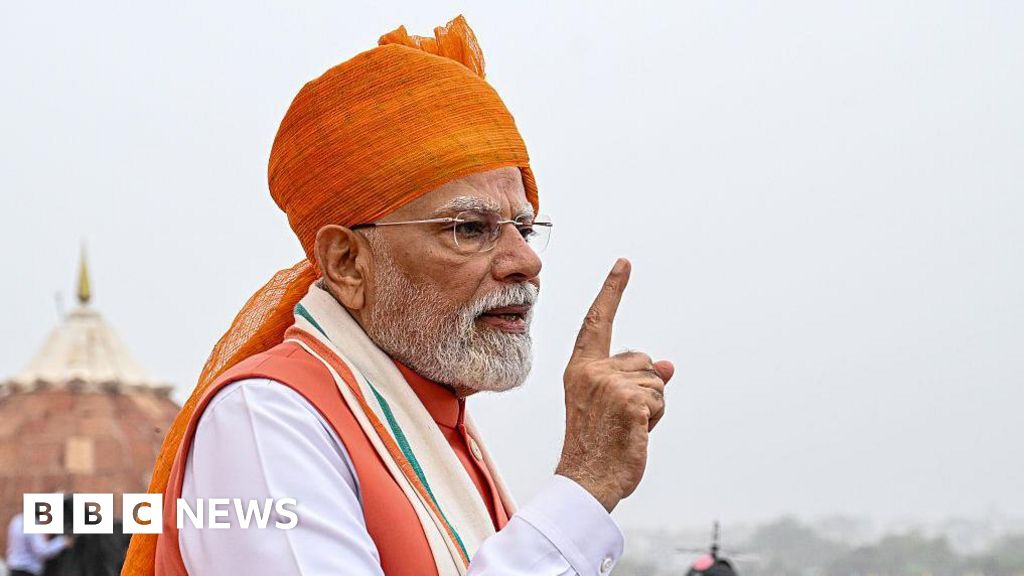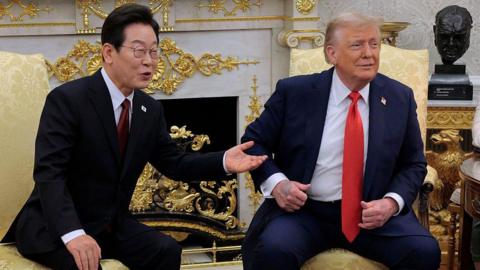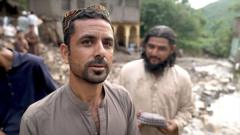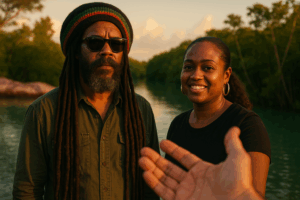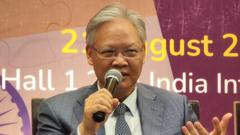The discovery of Peñico, located approximately 200 km north of Lima at an elevation of 600 meters, marks a significant advancement in understanding the Americas' oldest civilization, the Caral. The city is believed to have thrived between 1,800 and 1,500 BC, during the same time that early cultures were emerging globally.
An extensive eight-year excavation has revealed 18 structures, including ceremonial temples and residential areas. Drone footage depicts a circular structure at the city's center, surrounded by the remnants of stone and mud buildings, which hint at the architectural sophistication of its time. Artifacts such as ceremonial items, clay sculptures, and intricate bead necklaces have been unearthed, highlighting the artistic practices of the community.
Dr. Ruth Shady, the archaeologist who led the project, emphasized Peñico’s role in understanding the evolution of the Caral civilization, particularly after its decline due to climate change. She noted that the location was strategically positioned to facilitate trade and interactions among coastal, highland, and jungle societies.
Archaeologist Marco Machacuay, present at the unveiling press conference, reinforced that Peñico signifies the continuity of Caral's society and trading network.
Peru continues to offer remarkable archaeological insights, adding Peñico to its repertoire alongside prominent sites like Machu Picchu and the enigmatic Nazca Lines, reinforcing the region's rich historical tapestry.
An extensive eight-year excavation has revealed 18 structures, including ceremonial temples and residential areas. Drone footage depicts a circular structure at the city's center, surrounded by the remnants of stone and mud buildings, which hint at the architectural sophistication of its time. Artifacts such as ceremonial items, clay sculptures, and intricate bead necklaces have been unearthed, highlighting the artistic practices of the community.
Dr. Ruth Shady, the archaeologist who led the project, emphasized Peñico’s role in understanding the evolution of the Caral civilization, particularly after its decline due to climate change. She noted that the location was strategically positioned to facilitate trade and interactions among coastal, highland, and jungle societies.
Archaeologist Marco Machacuay, present at the unveiling press conference, reinforced that Peñico signifies the continuity of Caral's society and trading network.
Peru continues to offer remarkable archaeological insights, adding Peñico to its repertoire alongside prominent sites like Machu Picchu and the enigmatic Nazca Lines, reinforcing the region's rich historical tapestry.







